Full text
PDF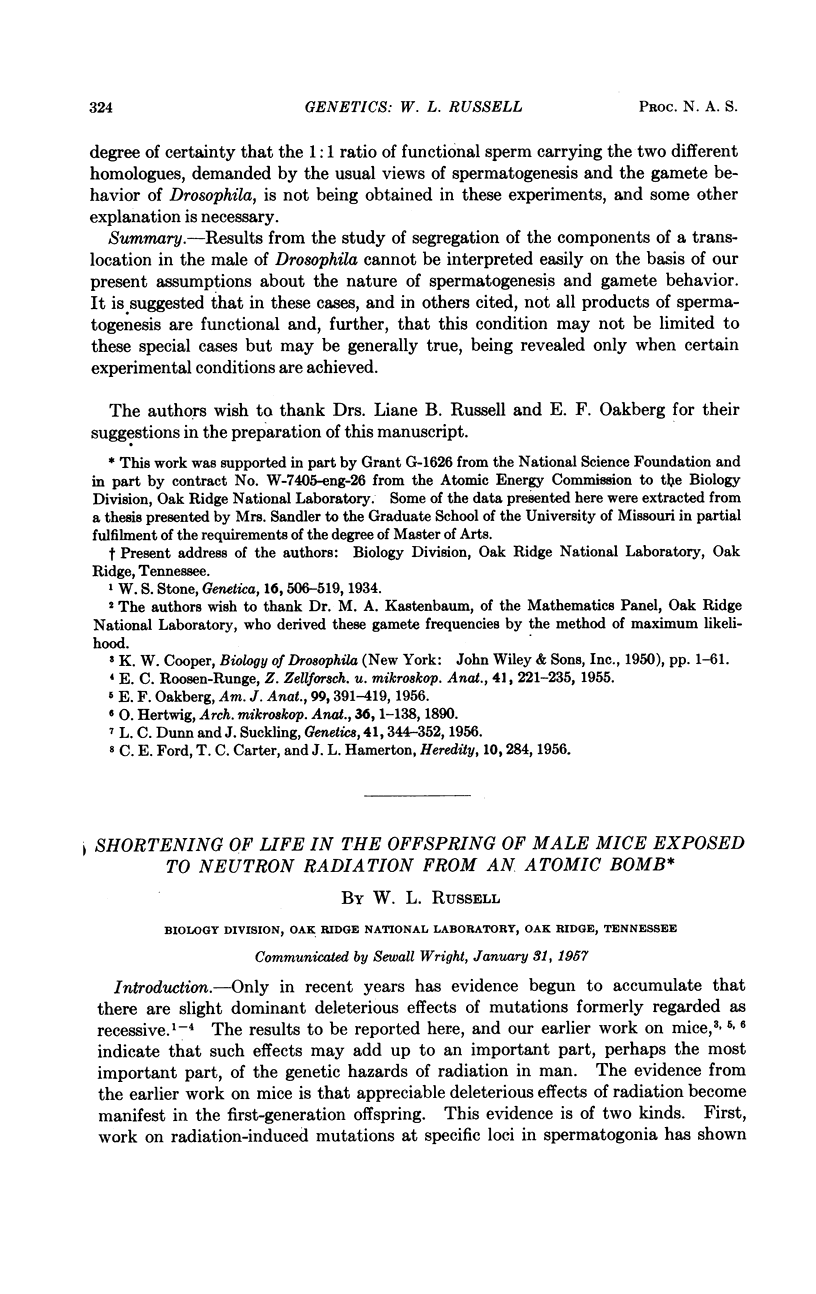
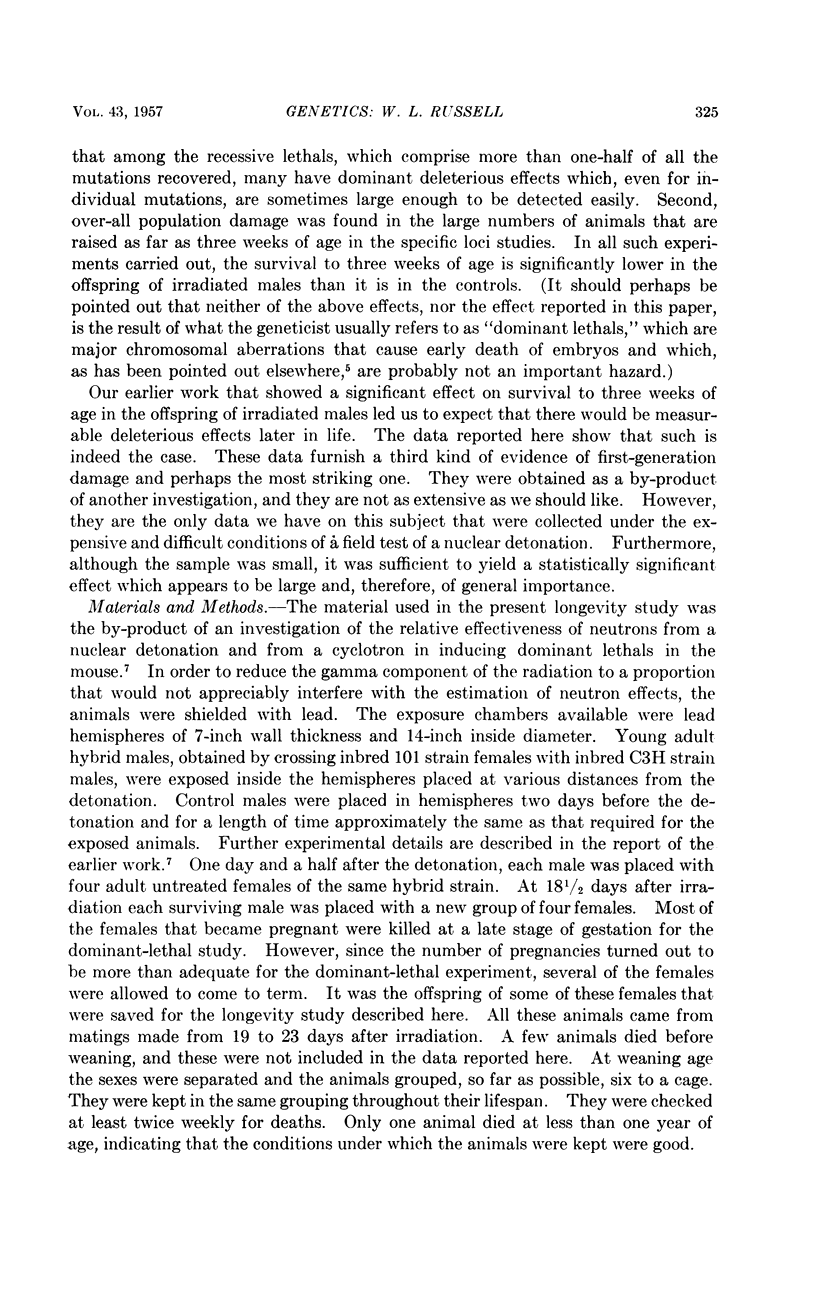
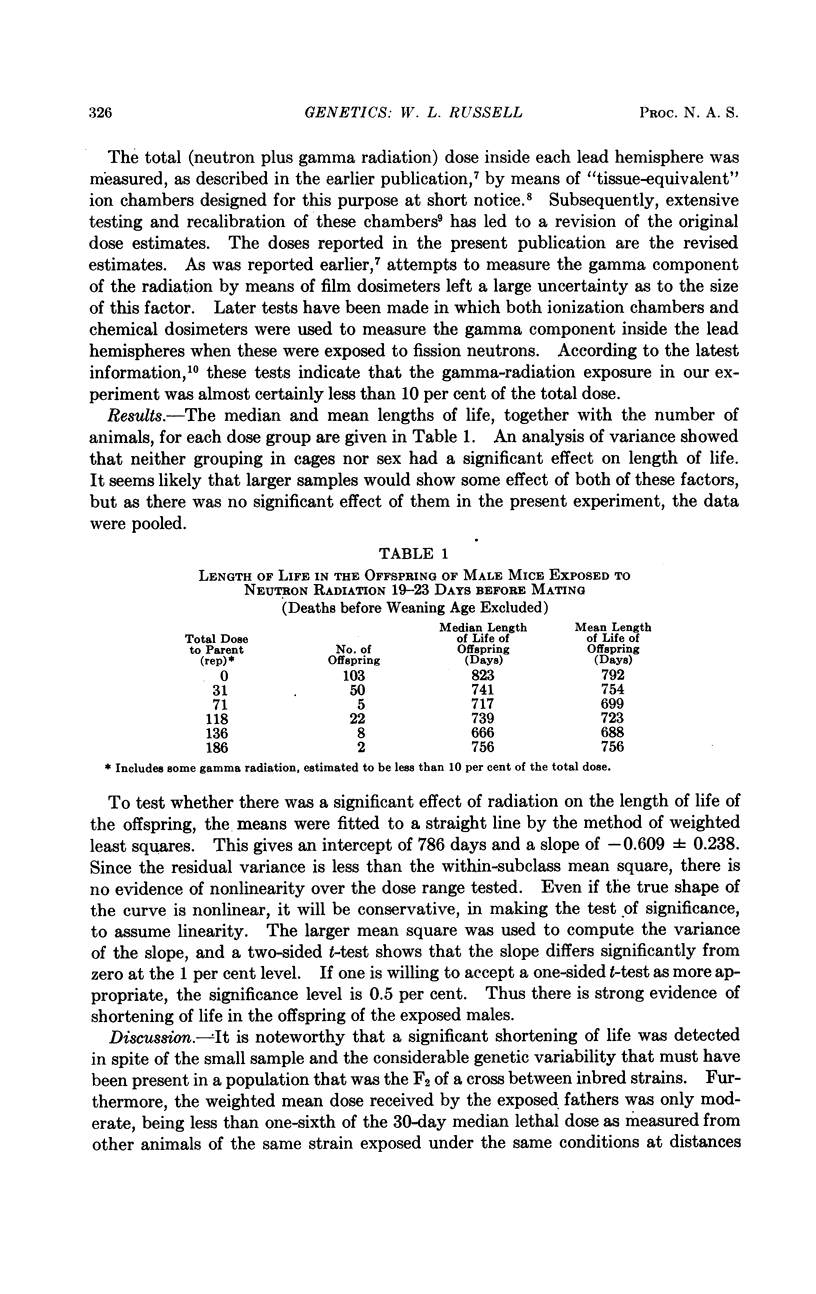
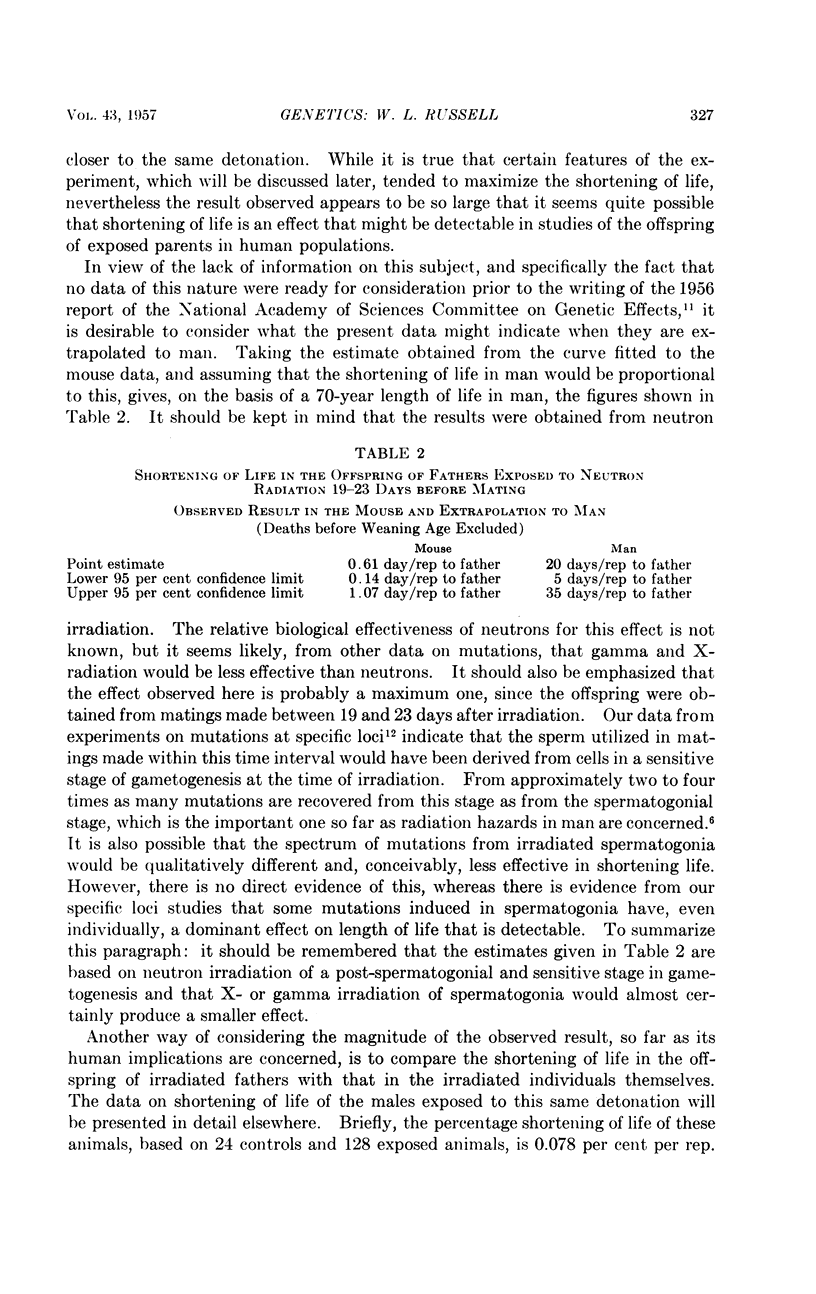
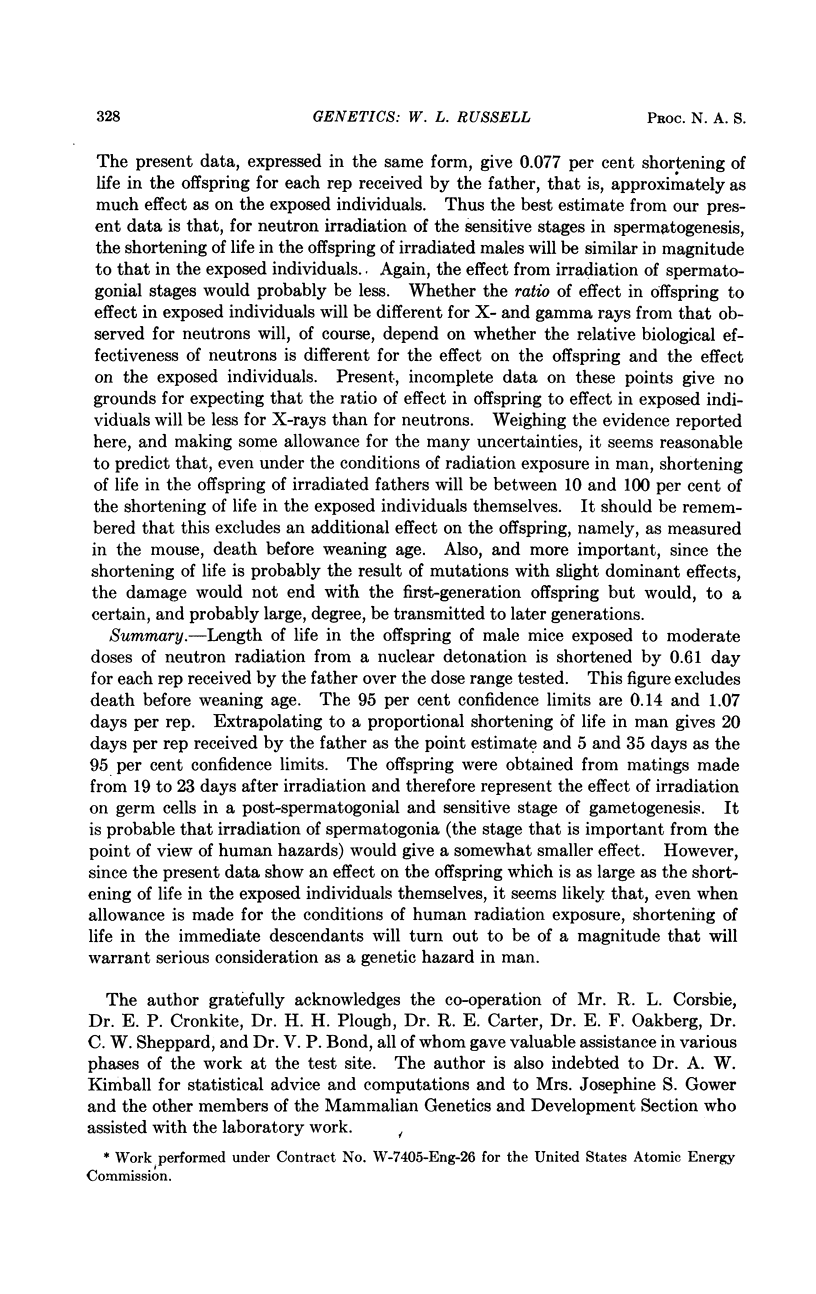
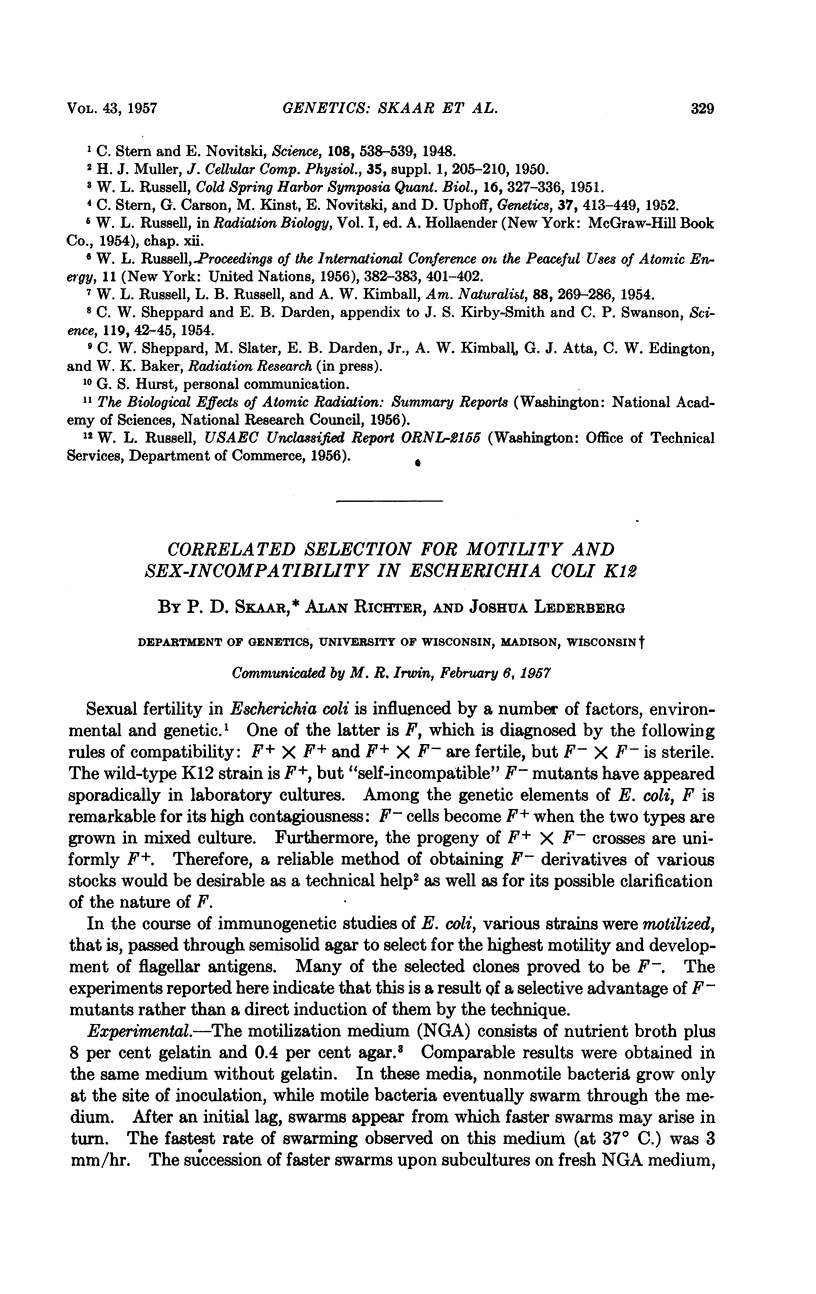
Selected References
These references are in PubMed. This may not be the complete list of references from this article.
- MULLER H. J. Partial dominance in relation to the need for studying induced mutations individually. J Cell Physiol Suppl. 1950 Jun;35(Suppl 1):205–210. doi: 10.1002/jcp.1030350415. [DOI] [PubMed] [Google Scholar]
- RUSSELL W. L. X-ray-induced mutations in mice. Cold Spring Harb Symp Quant Biol. 1951;16:327–336. doi: 10.1101/sqb.1951.016.01.024. [DOI] [PubMed] [Google Scholar]
- Stern C., Carson G., Kinst M., Novitski E., Uphoff D. The Viability of Heterozygotes for Lethals. Genetics. 1952 Jul;37(4):413–449. doi: 10.1093/genetics/37.4.413. [DOI] [PMC free article] [PubMed] [Google Scholar]
- Stern C., Novitski E. The Viability of Individuals Heterozygous for Recessive Lethals. Science. 1948 Nov 12;108(2811):538–539. doi: 10.1126/science.108.2811.538. [DOI] [PubMed] [Google Scholar]


